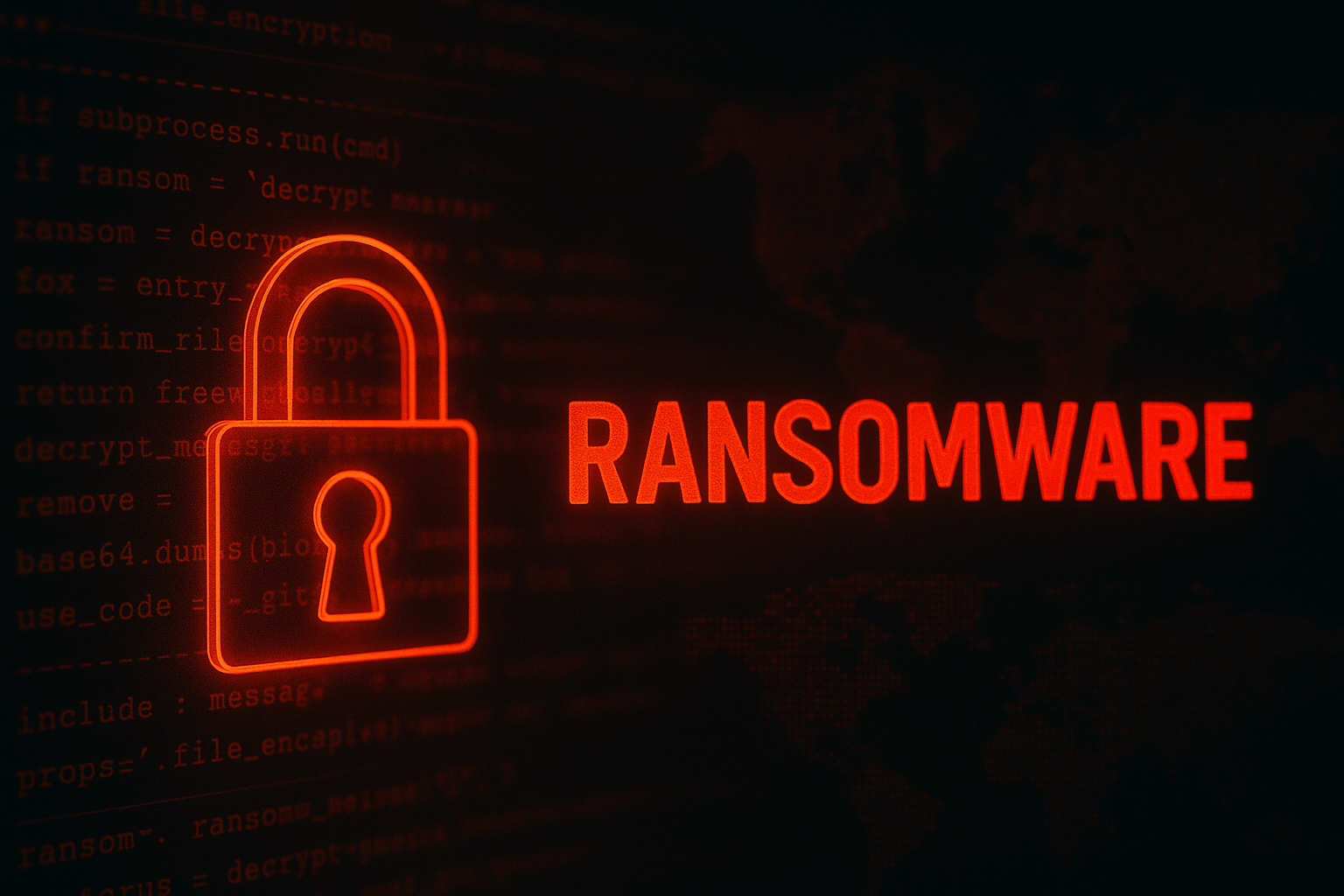Pay2Key ransomware returns: Iranian-linked group targets financial and energy sectors in new wave
23 July 2025 • 2 min read

A familiar adversary, a refined playbook
The Pay2Key ransomware group, previously linked to Iran’s cyber operations, is back — this time with a faster, quieter, and more targeted campaign.
According to multiple threat intel sources and forensic reports, Pay2Key is leveraging new backdoor variants, faster encryption routines, and improved anti-forensic techniques to breach organizations in the financial and energy sectors across Europe and the Middle East.
This resurgence appears to be part of a broader coordinated campaign attributed to state-aligned actors, focused on disruption and data exfiltration — not just extortion.
What’s new in the 2025 wave?
Pay2Key’s TTPs have evolved significantly since their first wave of activity in 2020–2021. Here’s what’s been observed:
- Initial access: Exploiting known vulnerabilities in VPN appliances, RDP endpoints, and unpatched web servers
- Backdoor: Deployment of new variants of “FoxShell”, a lightweight command-and-control framework with embedded tunneling
- Lateral movement: Leveraging legitimate tools like PsExec, WMI, and AD enumeration scripts to maintain stealth
- Encryption: Quicker file-locking with selective targeting (finance systems, SAP databases, ESXi infrastructure)
- Data exfiltration: Evidence of staged data dumps — suggesting that theft, not ransom, may be the long-term objective
In multiple cases, ransom notes were never delivered, or served only as a cover for deeper intrusions.
What we’ve seen
In a recent incident response for a Tier 1 supplier in the energy sector, Cyber Protocol analysts traced a Pay2Key-style intrusion that used:
- A compromised third-party VPN account
- FoxShell beaconing disguised as Git traffic
- A hardcoded exfil endpoint mapped to an IP previously tied to APT39 (Charming Kitten)
- No ransom demand — only quiet file access and selective data packaging
These kinds of “quiet” ransomware operations are increasingly being used as cover for espionage or disruption-as-a-service campaigns.
What you should do now
Pay2Key-style attacks are fast-moving and strategically disruptive. Organizations in critical sectors should:
- Patch externally exposed infrastructure immediately Prioritize VPN, Citrix, SharePoint, and RDP endpoints.
- Harden lateral movement pathways Disable legacy protocols (e.g., SMBv1), enforce segmentation, and restrict service account privileges.
- Hunt for FoxShell indicators Look for abnormal traffic in outbound Git/TLS sessions, and inspect for encoded PowerShell execution in logs.
- Implement egress filtering and DLP rules The exfil pattern is highly structured — blocking outbound to known IPs is no longer enough.
- Run internal incident simulation drills Especially those that simulate no-ransom detection paths — many attacks are missed because there’s no extortion note.